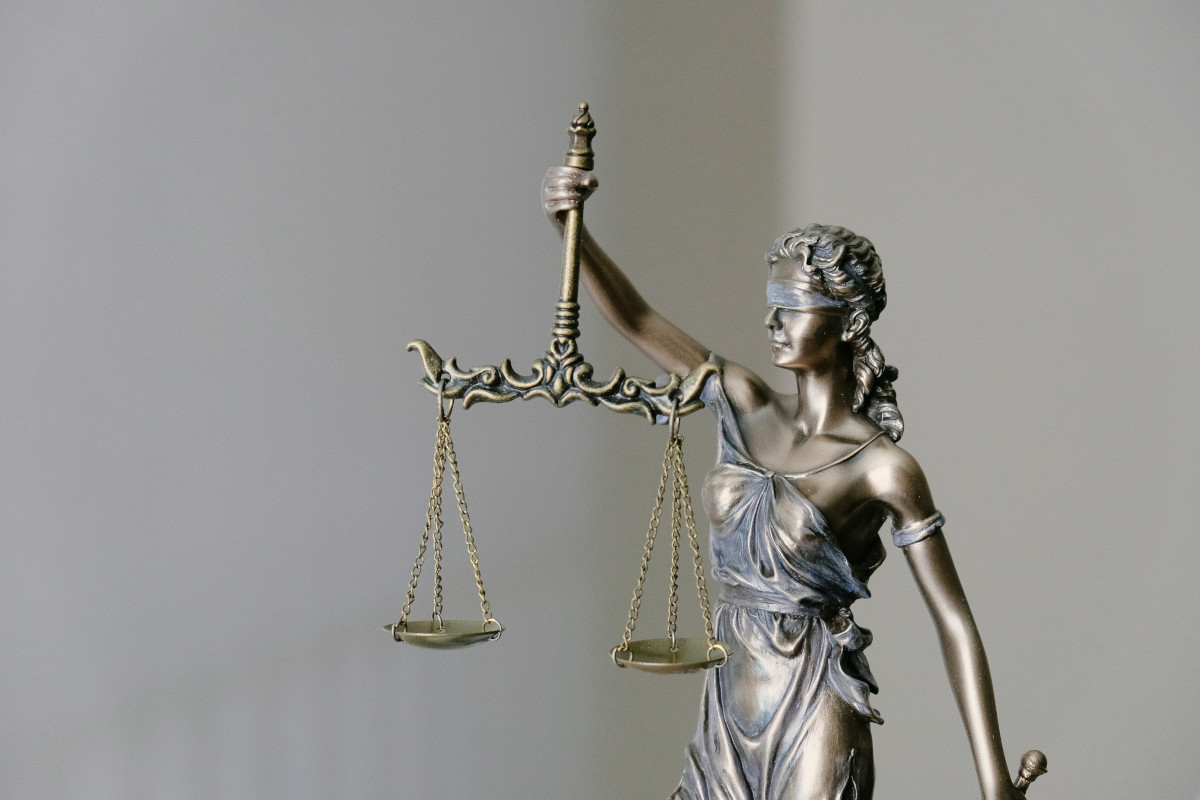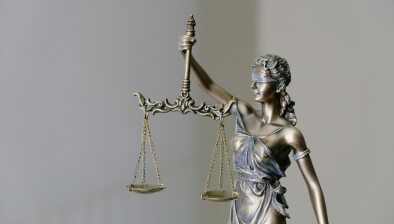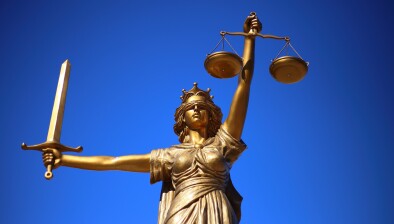Not proven: getting the arguments right
 Professors James Chalmers, Fiona Leverick and Vanessa Munro address the ‘not proven’ debate with clarity and precision.
Professors James Chalmers, Fiona Leverick and Vanessa Munro address the ‘not proven’ debate with clarity and precision.
In a recent piece in Scottish Legal News, Tony Lenehan argues that “the argument behind abolishing the ‘not proven’ verdict must be that juries can’t be trusted to convict the guilty”. Is it? Why “must” it be this? In reality, it has rarely been that. For a recent article, we reviewed the entirety of the debate over abolishing not proven in Scotland – and it is a long debate, starting when Lord Cockburn denounced the verdict in 1846 – and the case has always been more nuanced than this.
That case has, for 175 years, taken three forms: that not proven is incompatible with the presumption of innocence, encourages jurors to avoid the proper discharge of their functions, and casts an unwarranted stigma on the accused.
Not only is that case more complex than a question of trust, the obvious response to an argument such as Mr Lenehan’s is this: why not trust the jury to convict the guilty and acquit the innocent in a two-verdict system? Why are Scottish juries not to be trusted with the binary verdict system used in almost every other country in the world? What is it about Scottish juries that means they, uniquely, are incapable of discharging this task?
That response would also miss the point, because the debate is not about trust. Even the second of the arguments seen since 1846 – that the third verdict encourages jurors to avoid the proper discharge of their functions – is not about trust, although it may look that way at first. Instead, that argument recognises that the third verdict gives jurors a halfway house, short-circuiting an otherwise binary choice, and says that the halfway house is inappropriate. It is not an argument that juries are incapable of choosing between the options offered; it is an argument that they are being given the wrong set of options. Opponents of the not proven verdict do not necessarily argue that juries are bad drivers, only that they are given a bad roadmap.
Rather than restating the case against not proven, let us ask another question: what is the positive case for not proven, and does it stack up? Here, two arguments have dominated the debate since 1846. First, it is said that not proven has a valuable communicative function, allowing the jury to signal a positive belief in innocence or to suggest that the accused deserves no such signal. This is said to be valuable to the public in general and to the complainer (particularly in sexual cases) because it allows the jury to avoid casting the complainer as a liar. Secondly, it is said it protects against wrongful conviction.
In light of recent research with mock juries (the Scottish Jury Research), and a second study that interviewed complainers whose trials resulted in not proven verdicts, we now have better evidence with which to assess these claims. This does not mean that mock jury research is perfect. Nevertheless, properly designed mock jury studies, run with members of the public eligible to serve on juries, watching trials presided over by a senior judge and scripted with the help and advice of practising advocates and judges, offer us a robust source of evidence far preferable simply to intuiting what goes on behind the jury room’s closed doors.
We know from this evidence that jurors struggle to articulate a coherent understanding of the difference between the two verdicts of acquittal – not surprisingly, as the standard judicial direction eschews any distinction. Nevertheless, common themes emerged in the jury discussions. Mock jurors hearing a rape trial sometimes favoured ‘not proven’ because they felt it would send a message to the complainer that they did not consider her a liar. But we know from the research with complainers that the message is not received in the way that jurors appear to intend, and that criminal justice professionals who work with complainers struggle to explain to them why “their” case has resulted in a not proven verdict or what they should take it to mean.
We also know from the Scottish Jury Research that the availability of the ‘not proven’ verdict does appear to reduce the propensity of jurors to convict. But that does not necessarily mean that it protects against wrongful conviction. We have no way of knowing whether people who are acquitted on a not proven verdict are factually innocent. And logically, it should do no such thing. Jurors should convict if the case is proven beyond reasonable doubt and acquit if it is not. The availability of a third verdict distorts the clear roadmap which the presumption of innocence and the rule of proof beyond reasonable doubt otherwise give to jurors.
It also gives jurors an easy ‘get out option’ – a compromise to bring deliberations to an end rather than engage in more rigorous discussion. The Scottish Jury Research indicated that this may come as a welcome relief, but interviews with complainers show how it can undermine confidence in the justice process. Moreover, the existence of the verdict may detract from better safeguards against wrongful conviction, such as when the Bryden Committee concluded that the availability of ‘not proven’ meant that additional safeguards against mistaken eyewitness identification were not needed.
The ‘not proven’ debate should not be portrayed, as in Mr Lenehan’s article, as a battle between politicians, victims’ organisations and the profession. The verdict has been attacked (and defended) from all quarters: for example, Len Murray, in his autobiography reflecting on his decades of criminal defence work, said there was “absolutely no justification in my mind for retaining the verdict… It is totally contrary to logic”, while Lord Wheatley called it “indefensible in logic and a relict of a procedure long since abandoned”. As this 175-year old debate reaches a high point once again, let us focus on the merits of the arguments and not their sources.
James Chalmers, Fiona Leverick and Vanessa Munro are professors at the Universities of Glasgow and Warwick, and were co-investigators on the Scottish Jury Research project.








